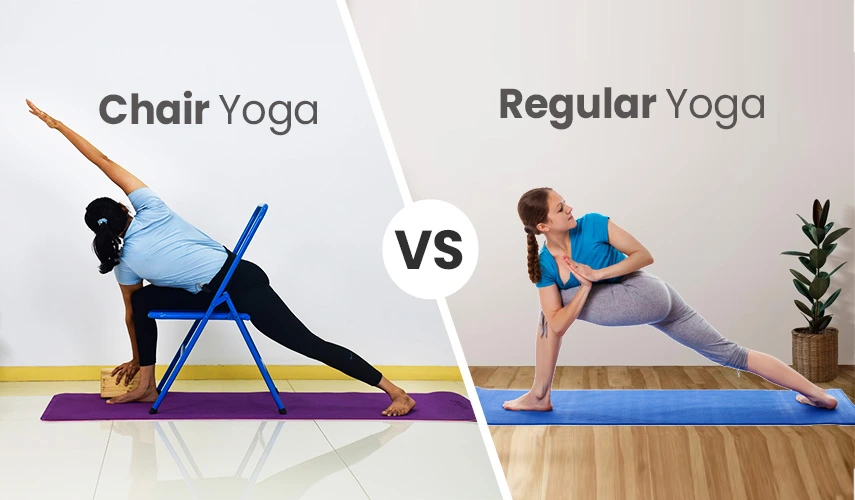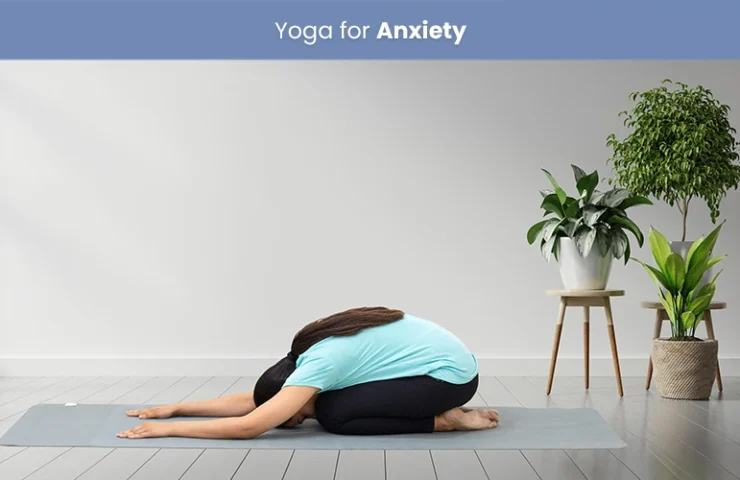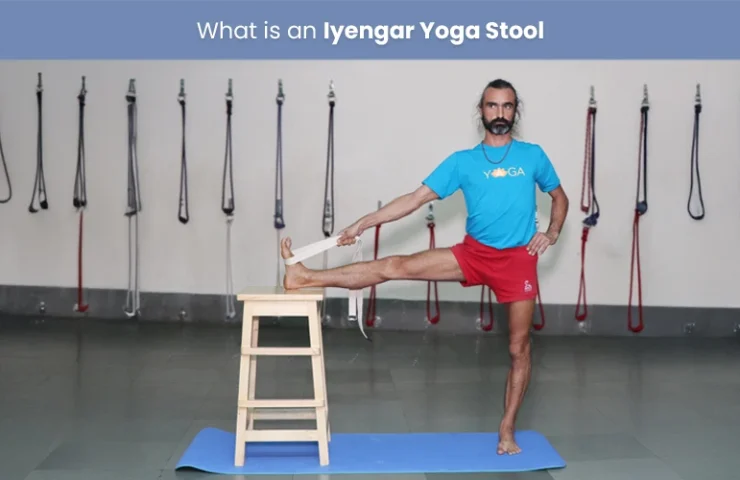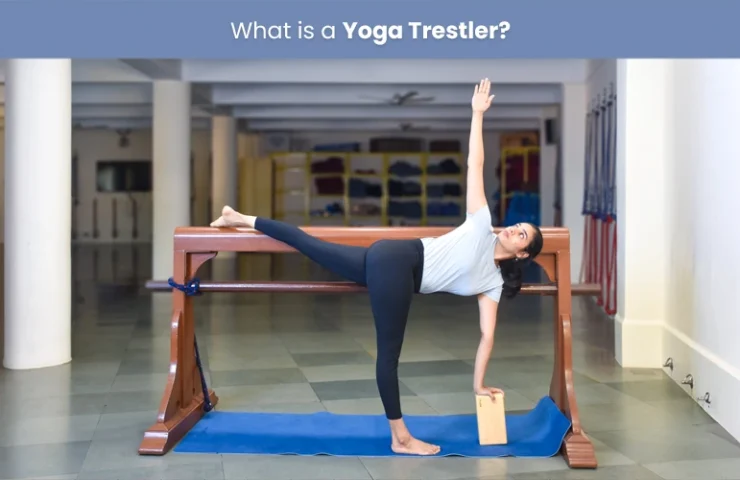Yoga is not merely a practice; it is a journey into the soul, a quiet revolution that brings balance to both the body and the spirit. From the most delicate stretches to the deepest meditations, yoga embraces all who seek its wisdom, guiding them through life’s challenges with grace. Whether practiced on a mat or with the support of a chair, chair yoga vs regular yoga represents two approaches to achieving this balance, each with its own benefits. Yoga invites us to explore our own potential, unlocking strength, peace, and transformation.
What is Regular Yoga?
Yoga, in its purest form, is an ancient and sacred art that harmonizes the physical, mental, and spiritual aspects of life. It speaks through movement and stillness, offering a sanctuary for the mind and a vessel for the soul. Through asanas, the body learns to breathe, to stretch, to release. Through pranayama, the breath becomes the thread that weaves together all existence. And through meditation, the mind learns to find stillness amidst the chaos, touching the deeper truths within.
Brief History and the Ancient Roots of Regular Yoga:
Yoga’s history flows like a river through time, beginning in the ancient Indus Valley Civilization, where it was born as a spiritual practice, not just a physical exercise. The wisdom of yoga is captured in sacred texts, like the Yoga Sutras of Patanjali, written centuries ago, yet timeless in its teachings. These words whisper of unity, of liberation, of the soul’s quest for freedom. As the centuries rolled forward, yoga grew, branching into different forms, each one a reflection of the eternal quest for balance and enlightenment.
In the modern world, yoga has crossed oceans, transcending borders and cultures. Pioneers such as Swami Vivekananda and B.K.S. Iyengar brought this ancient art to the West, where it blossomed into a global phenomenon. Today, yoga continues to evolve, its heart ever rooted in the timeless pursuit of unity, peace, and self-awareness.
What is Chair Yoga?
Chair yoga, a gentle and adaptable form of yoga, utilizes a chair as a primary prop to support various yoga poses. It allows practitioners to experience the physical and mental benefits of yoga regardless of their physical limitations.
Development and Growing Popularity:
Chair yoga has its roots in the 1990s, credited to yoga teachers such as Gail Peterson and Sharon Claproth. Recognizing the need for a more accessible yoga practice, they adapted regular yoga poses to be performed with the aid of a chair. This innovation opened the doors for individuals who might not be able to practice regular yoga on the floor due to age, injuries, or physical limitations.
The growing popularity of chair yoga can be attributed to several factors:
- Accessibility: Chair yoga removes the barrier of flexibility and strength often associated with regular yoga. It allows individuals of all abilities to participate, making yoga a more inclusive practice.
- Benefits for Seniors: Chair yoga is particularly beneficial for seniors who might face challenges getting down to the floor or maintaining balance in standing poses. It promotes physical activity, improves flexibility and range of motion, and enhances overall well-being.
- Rehabilitation Applications: Chair yoga is increasingly used in rehabilitation settings to aid in recovery from injuries, surgeries, or chronic conditions. The controlled movements and supported poses can improve strength, balance, and coordination.
- Mental and Emotional Benefits: Like regular yoga, chair yoga offers a holistic approach that benefits not just the physical body but also the mind and emotions. It can promote relaxation, reduce stress, and improve mood.
Chair Yoga vs Regular Yoga Comparison Table
Learn the differences between chair yoga and regular yoga to find the perfect one for your practice.
| Feature | Chair Yoga | Regular Yoga |
| Definition | A gentle form of yoga utilizing a chair as a primary prop for poses | A holistic practice combining postures (asanas), breathing exercises (pranayama), meditation (dhyana), and ethical guidelines (yama and niyama) |
| Accessibility | Highly accessible for individuals of all abilities and limitations | May require a certain level of flexibility, strength, and balance |
| Physical Focus | Promotes gentle movement, improves flexibility, balance, and coordination | Offers a wider range of poses targeting various muscle groups and enhancing flexibility, strength, and balance |
| Benefits | Improves physical well-being, reduces stress, enhances mood, promotes relaxation | Enhances physical fitness, increases flexibility and strength, improves mental clarity, reduces stress, promotes relaxation, and fosters self-awareness |
| Suitability | Ideal for seniors, individuals with injuries, pre/postnatal individuals and beginners | Suitable for individuals seeking a more vigorous practice, those with a base level of fitness, and those interested in exploring the philosophical and spiritual aspects of yoga |
Choosing the Right Practice for You
The decision between chair yoga vs regular yoga depends on your individual needs, physical condition, and preferences.
Consider your personal needs:
- Physical limitations: If you have physical limitations, injuries, or balance concerns, chair yoga might be a better starting point. It allows you to experience the benefits of yoga in a safe and supported environment.
- Fitness level: If you’re new to yoga or have limited fitness, chair yoga offers a gentle introduction to the practice. As your strength and flexibility improve, you can gradually incorporate more regular poses.
- Goals: Determine your goals for practicing yoga. If your primary focus is on improving flexibility, reducing stress, or enhancing overall well-being, chair yoga might be a suitable choice. If you’re seeking a more vigorous practice that challenges your physical strength and endurance, regular yoga may be more appealing.
Combination Approach:
Many individuals find that combining chair yoga and regular yoga can provide a balanced and fulfilling practice. You can incorporate chair yoga into your routine for days when you need a gentler approach or use it to modify challenging poses in regular yoga.
Conclusion
Remember, the most important aspect is to choose a practice that you enjoy and that aligns with your goals. Experiment with both chair yoga and regular yoga to discover what works best for you.






0 Comments for “Chair Yoga vs Regular Yoga – Key Differences”